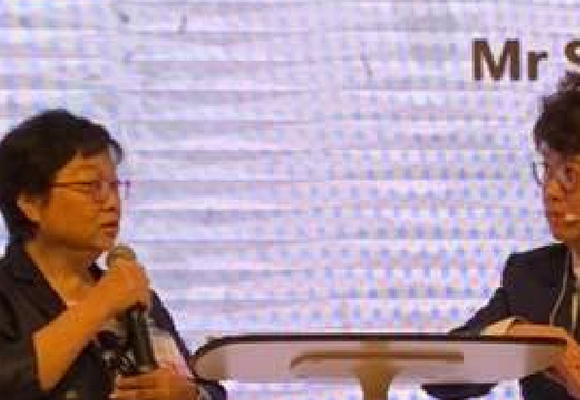The Effect Of Amblyopia On Visual-auditory Speech Perception

Why Mothers May Say “Look At Me When I’m Talking To You”
Robert Burgmeier, BS1,2; Rajen U. Desai, MD1,2; Katherine C. Farner, BS1,2; Benjamin Tiano, BS1,2; Ryan Lacey, BS1,2; Nicholas J. Volpe, MD1; Marilyn B. Mets, MD1,2
JAMA Ophthalmol. 2015;133(1):11-16. doi:10.1001/jamaophthalmol.2014.3307.
Abstract
Importance Children with a history of amblyopia, even if resolved, exhibit impaired visual-auditory integration and perceive speech differently.
Objective To determine whether a history of amblyopia is associated with abnormal visual-auditory speech integration.
Design, Setting, and Participants Retrospective observational study at an academic pediatric ophthalmologic clinic with an average of 4 years of follow-up. Participants were at least 3 years of age and without any history of neurologic or hearing disorders. Of 39 children originally in our study, 6 refused to participate. The remaining 33 participants completed the study. Twenty-four participants (mean [SD] age, 7.0 [1.5] years) had a history of amblyopia in 1 eye, with a visual acuity of at least 20/20 in the nonamblyopic eye. Nine controls (mean [SD] age, 8.0 [3.4] years) were recruited from referrals for visually insignificant etiologies or through preschool-screening eye examinations; all had 20/20 in both eyes.
Exposures Participants were presented with a video demonstrating the McGurk effect (ie, a stimulus presenting an audio track playing the sound /pa/ and a separate video track of a person articulating /ka/). Normal visual-auditory integration produces the perception of hearing a fusion sound /ta/. Participants were asked to report which sound was perceived, /ka/, /pa/, or /ta/.
Main Outcome and Measure Prevalence of perception of the fusion /ta/ sound. Prior to the study, amblyopic children were hypothesized to less frequently perceive /ta/.
Results The McGurk effect was perceived by 11 of the 24 participants with amblyopia (45.8%) and all 9 controls (100%) (adjusted odds ratio, 22.3 [95% CI, 1.2-426.0]; P = .005). The McGurk effect was perceived by 100% of participants with amblyopia that was resolved by 5 years of age and by 100% of participants whose onset at amblyopia developed at or after 5 years of age. However, only 18.8% of participants with amblyopia that was unresolved by 5 years of age (n = 16) perceived the McGurk effect (adjusted odds ratio, 27.0 [95% CI, 1.1-654.0]; P = .02).
Conclusions and Relevance This pilot study suggests that children with a history of amblyopia have impaired visual-auditory speech perception. Early childhood appears to serve as an approximate time point for the development of successful visual-auditory fusion, by which time amblyopia must have either resolved or begun. Interventions to resolve amblyopia may not only influence visual acuity but may also influence the perception of sound.



